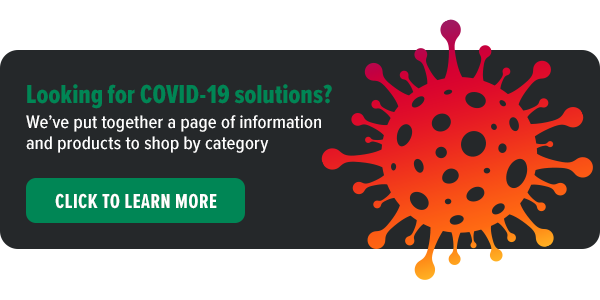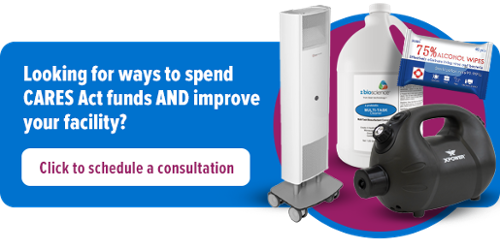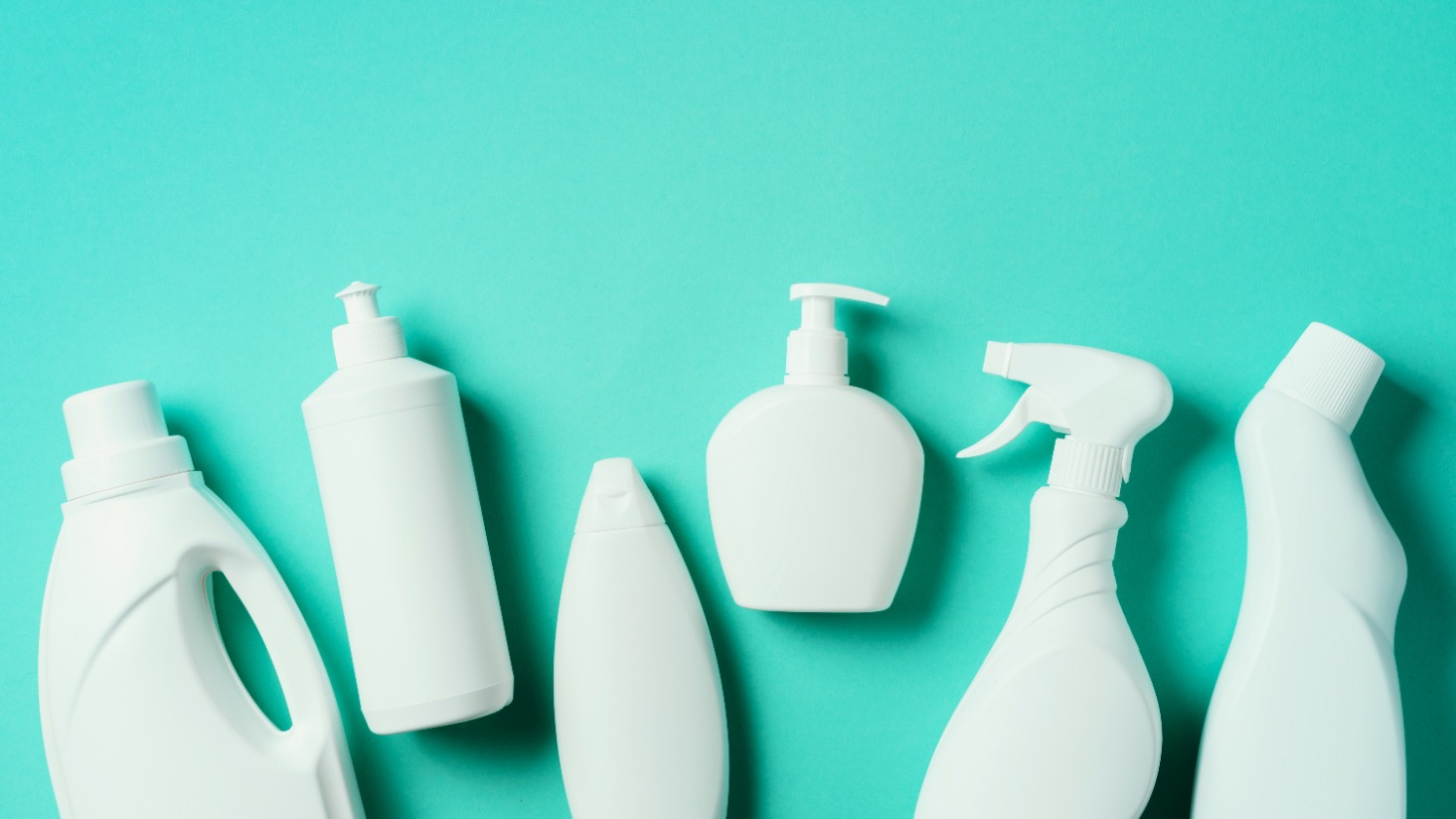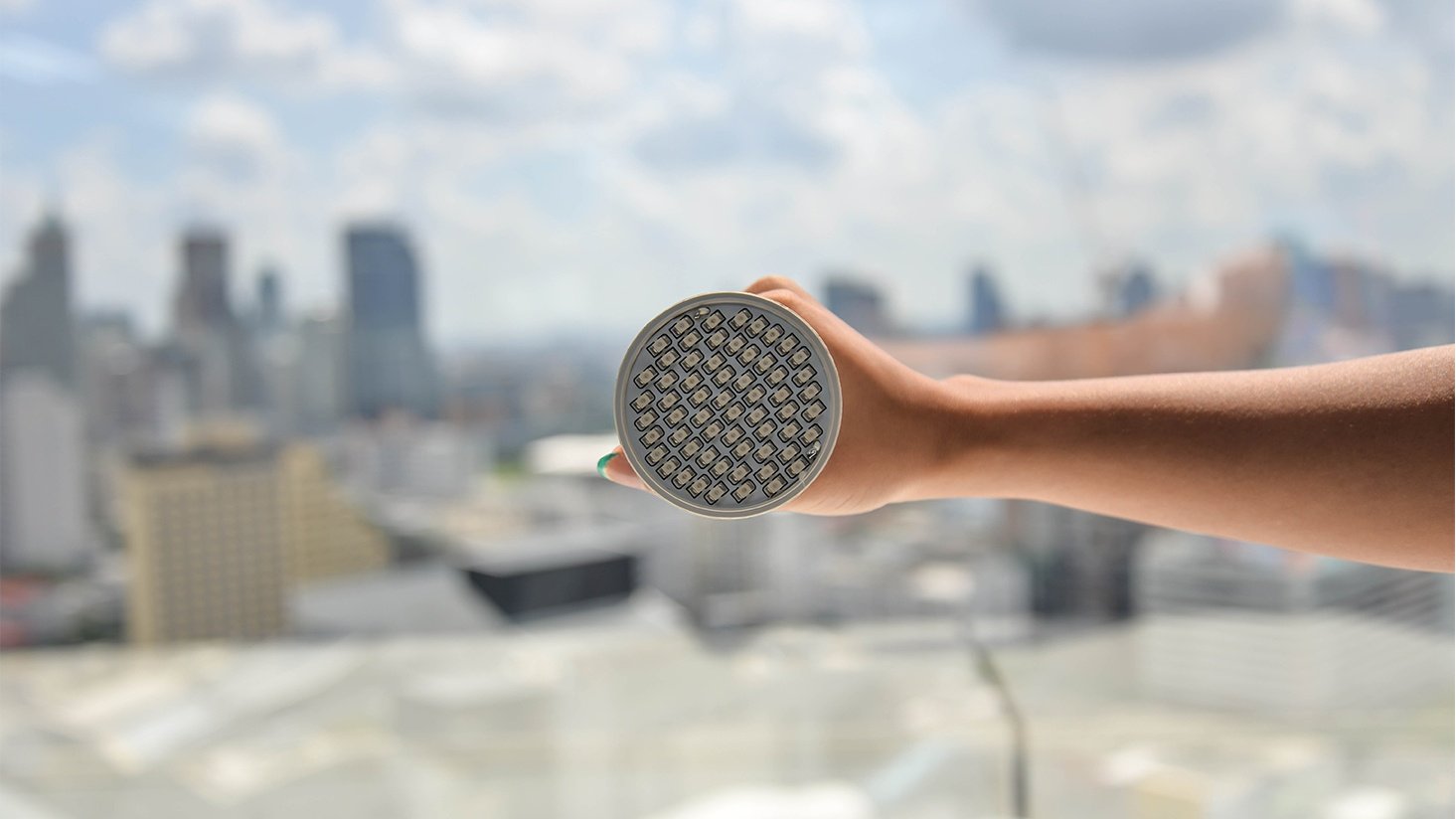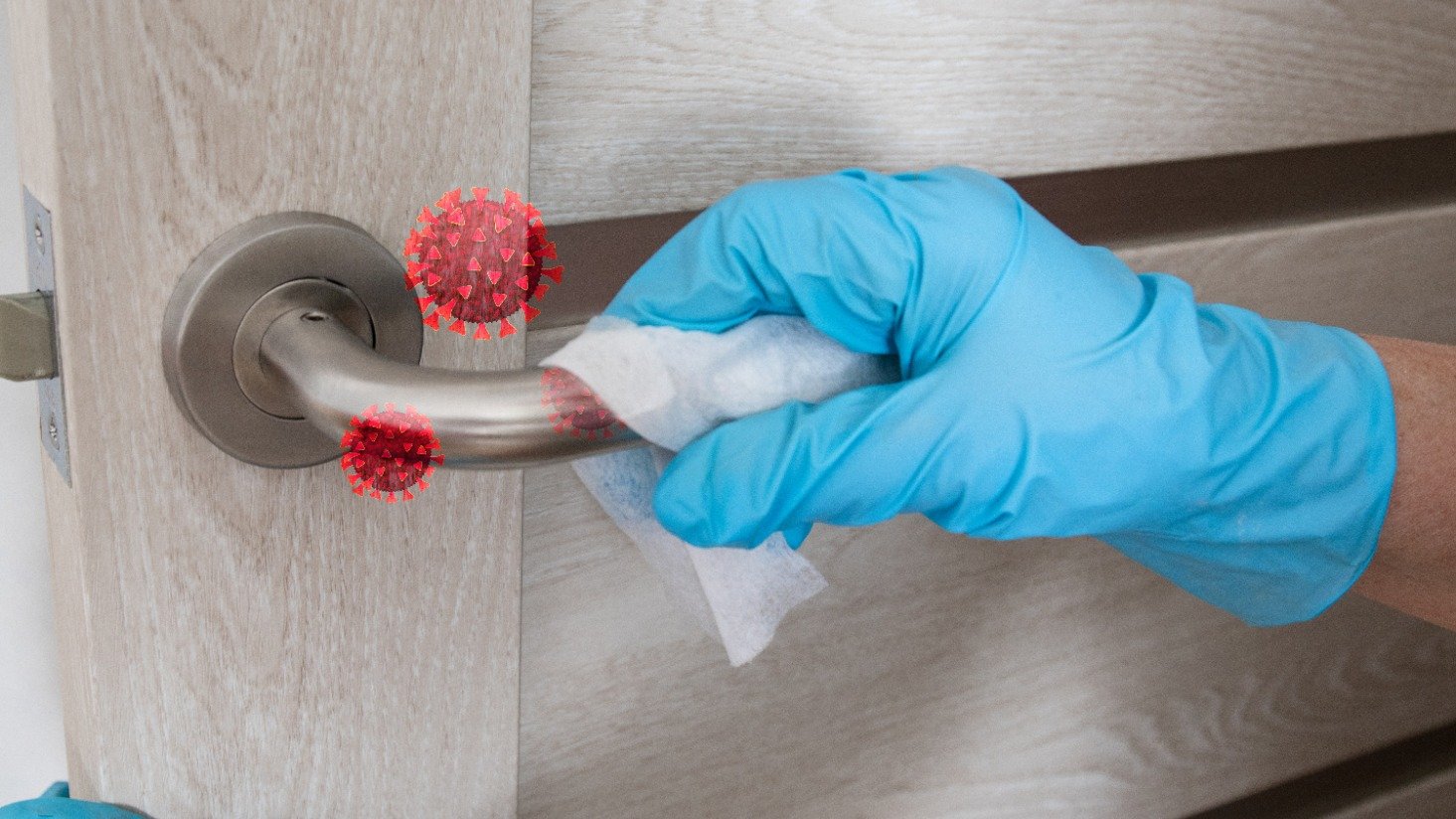How to read a Safety Data Sheet (SDS)

We are all looking for new ways to clean and disinfect our buildings during the COVID-19 pandemic. Protecting our customers, tenants, and employees is important now and will continue to be top of mind in the future.
But before you start using new products that claim to work, you should read the safety data sheet (SDS). The last thing you want to do is spray or fog a cleaning product that could be dangerous for your space.
We're going to explain how to read an SDS, what to look for if you're in a pinch, and how to compare products.
What is a safety data sheet (SDS)?
A safety data sheet (SDS) is a requirement for chemical manufacturers to communicate risks or hazards about their products to consumers.
The SDS provides guidance on personal protective equipment (PPE), first aid procedures, and how to clean up a spill. It also contains information on the properties of the chemicals, health and environmental hazards, and safety precautions for using and storing the chemical.
If you're an employer supplying products for your employees to use, you're required to have this guidance easily available.
The Hazard Communication Standard (HCS) requires the safety data sheets to be in a uniform format, with 16 sections.
Sections 1 through 8 describe specifics of the chemical, including safety guidelines and what to do in case of an emergency. If you need to get through information quickly, spend some time on these sections.
Sections 9 through 11 and 16 focus on scientific information, like the physical and chemical properties, potential reactions, and exposure control.
Sections 12 through 15 concern the handling of the product, like what happens when the chemical is released into the environment and how to proper store and handle it.
The graphic below describes the specifics of each section.
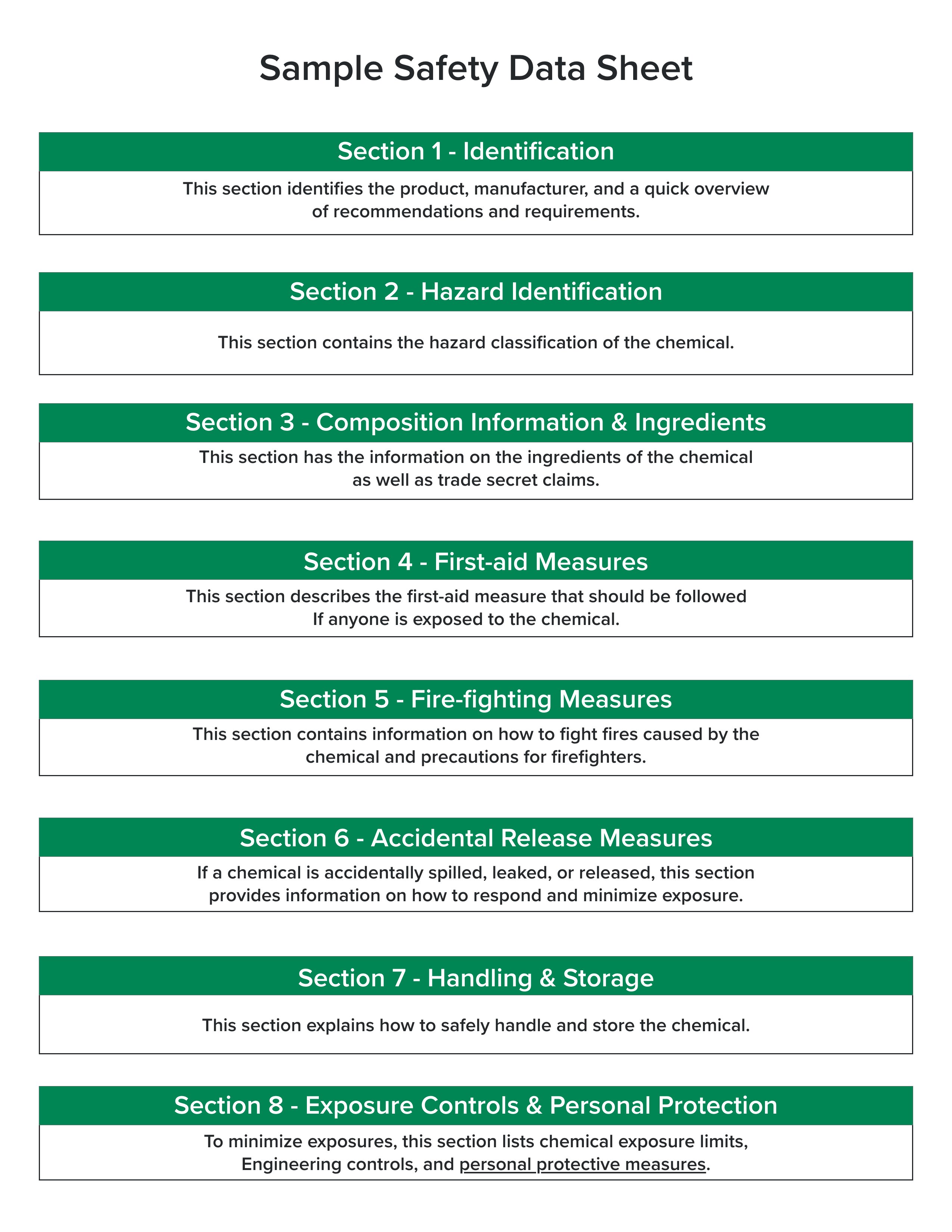
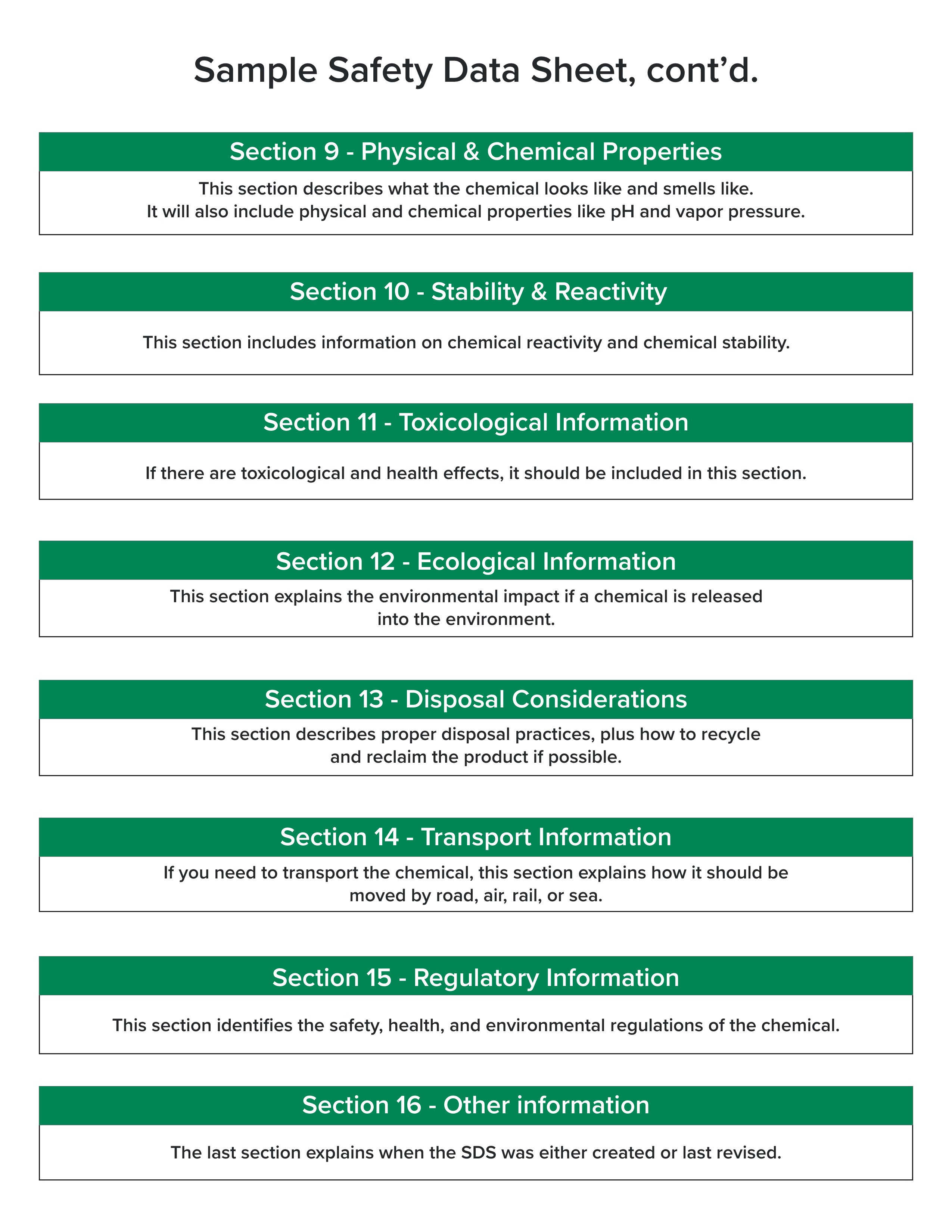
The top 5 things to look for on an SDS
We want to emphasize that it's important to be familiar with every section of the safety data sheet. But if you're in a time crunch and you only need a refresher on the information, you can focus your attention on the following sections:
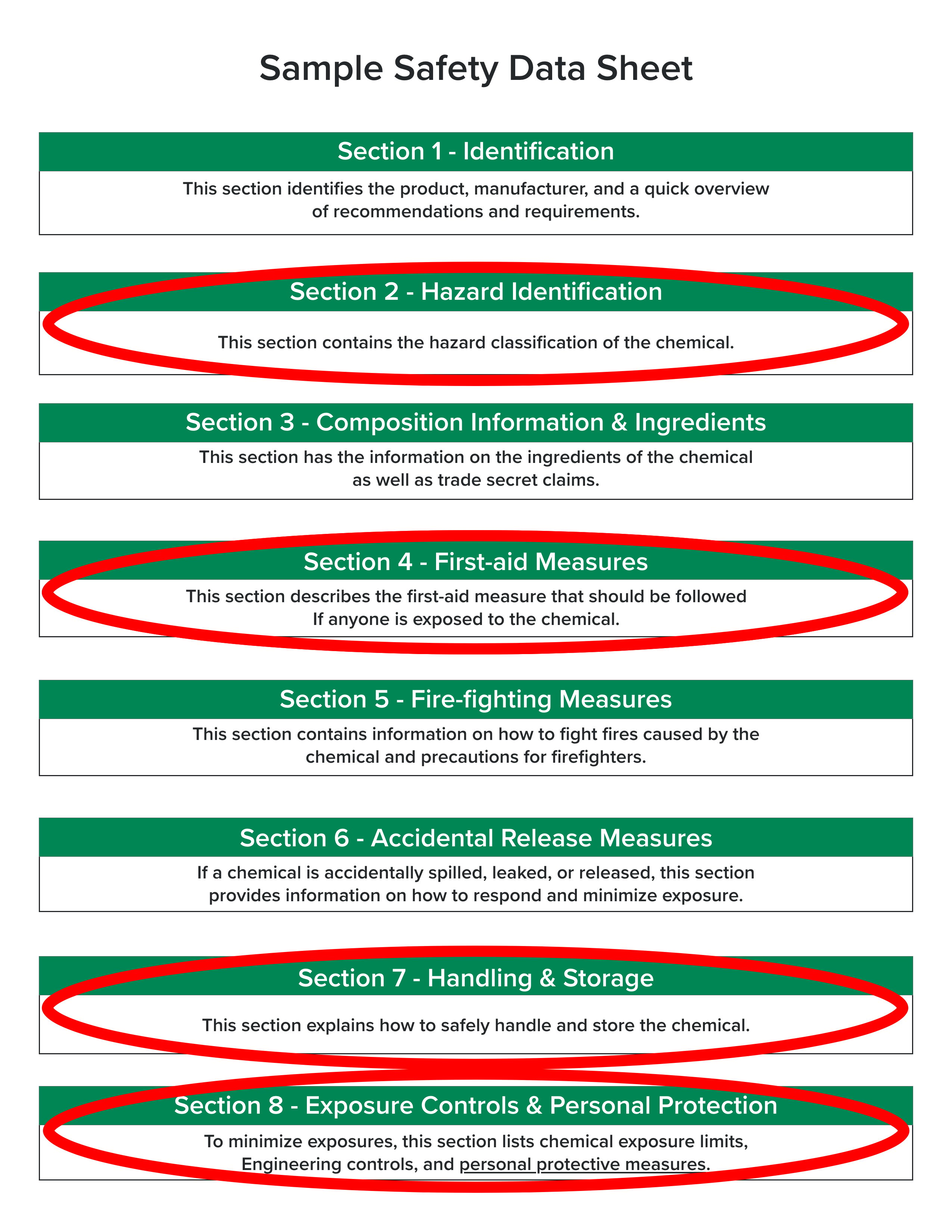
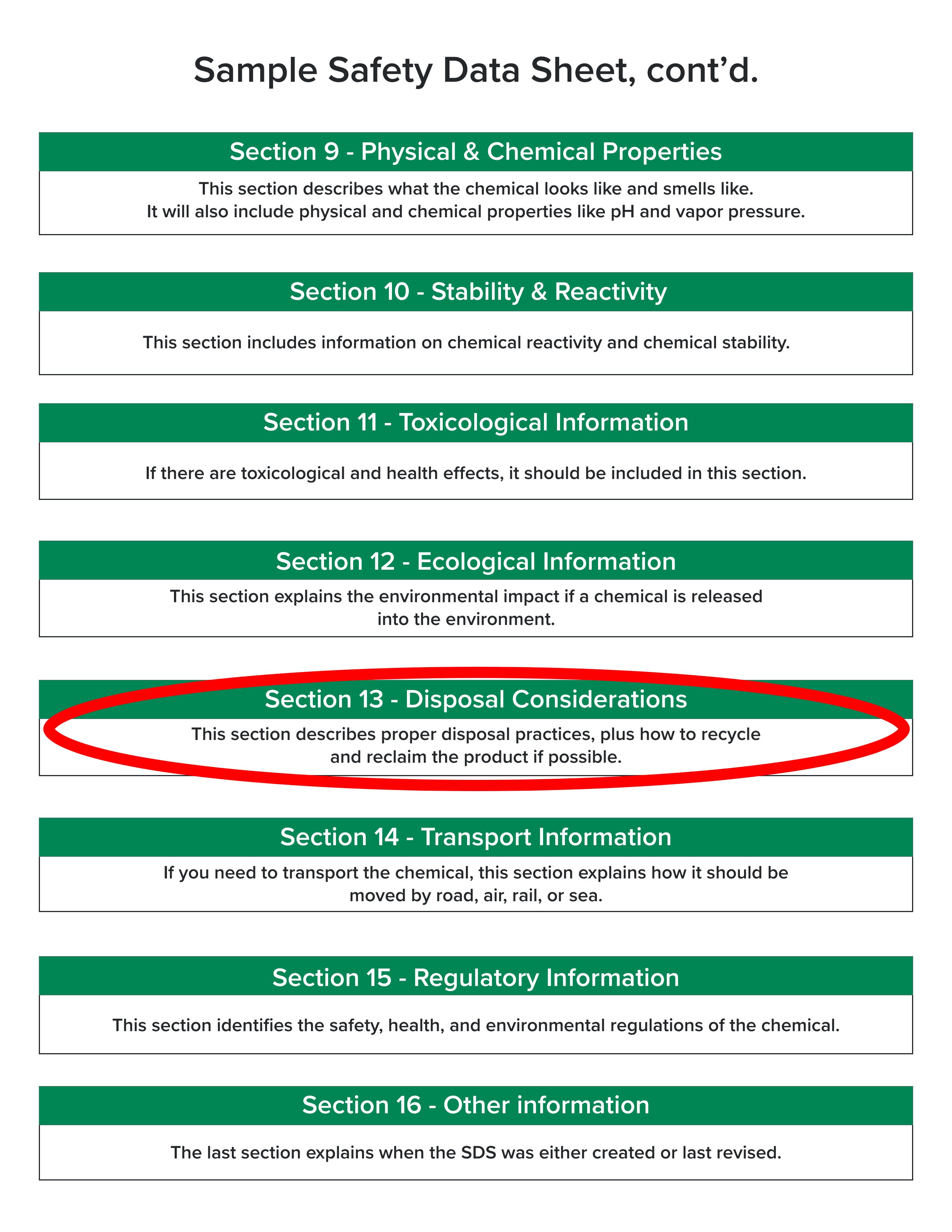 You need to know the possible hazards when you're working with a chemical, so that's why we recommend reviewing Section 2.
You need to know the possible hazards when you're working with a chemical, so that's why we recommend reviewing Section 2.
Exposure to the product can happen and it's important to know how to handle it immediately. Section 4 outlines the symptoms a person might feel if exposure occurs and the first-aid instructions for different types of exposure.
Some chemicals can be so potent you should not eat or drink near them. That information should be outlined in Section 7. This section will also tell you if other chemicals can be used with the product and how to handle and store it safely.
Using the proper personal protective equipment (PPE) is critical for handling the product. You should review Section 8 before even opening the chemical. Some recommendations for PPE can include goggles, gloves, footwear, or even a respirator.
When you're finished using a product, you might have some left over that needs to be disposed. Section 13 lays out proper steps for disposal, if the chemical can be disposed at all.
Using a safety data sheet to compare disinfectants
Now that you know how to read an SDS, you may want to use it to compare cleaning products, like disinfectants.
Not all disinfectants are made the same, and some may pose much more of a risk to your facility and require more PPE than others.
Read more: What type of cleaning product should I use against COVID-19?
To help you understand what to look for when selecting a disinfectant, we're going to compare the safety data sheets of two products: Clorox® Bleach and Vital Oxide.
Both Clorox® Bleach and Vital Oxide are registered as disinfectants with the EPA. Clorox® Bleach is a common disinfectant used in homes and commercial buildings. Vital Oxide is gentler then bleach but still kills 99.99% of bacteria and viruses.
Let's compare the products using some of the sections we highlighted above: Sections 2, 4, 7, and 8.
Section 2
In Section 2, Clorox® Bleach says "hazardous" where Vital Oxide "is considered nonhazardous."
Clorox Bleach:
Vital Oxide:

Section 4
In Section 4, Clorox® Bleach recommends moving to fresh air if inhaled and calling poison control for advice. Vital Oxide does not cause respiratory or skin irritation and is non-toxic if ingested.
Clorox Bleach: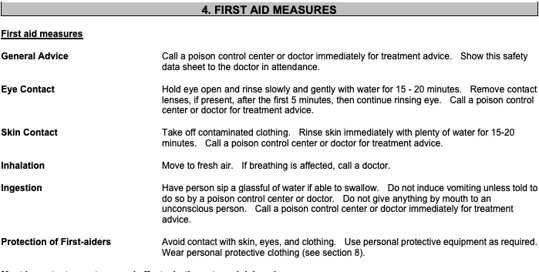
Vital Oxide:
Section 7
Storage and handling is about the same for Vital Oxide and Clorox® Bleach.
Clorox Bleach:
Vital Oxide:
Section 8
Looking at the required personal protective equipment in Section 8, Vital Oxide does not require PPE, but Clorox® Bleach does require goggles, gloves, long sleeve shirts, and respirators under certain conditions.
Clorox Bleach:
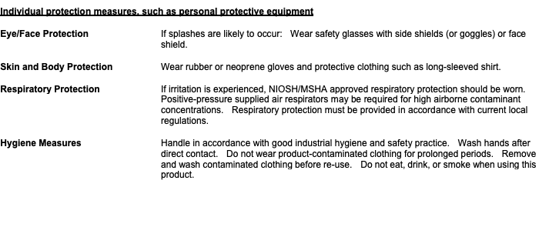 Vital Oxide:
Vital Oxide:
When you consider these factors, you may decide you want to use the less hazardous chemical (Vital Oxide) around your customers, tenants, and employees.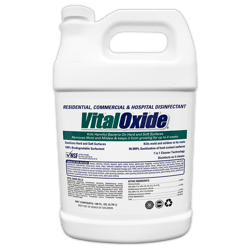
Creating clean environments
To create the cleanest environment possible in your facility, you need to create a plan to properly clean, disinfect, and protect frequently touched surfaces.
To stop pathogens from circulating in between cleanings, add UV products. The UV FAN by Light Progress circulates and disinfects air for all-day protection.
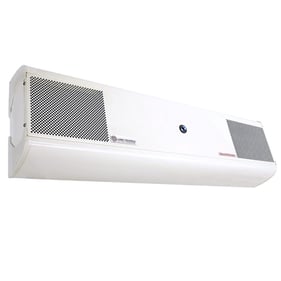 |
| Light Progress Wall-Mount UV FAN View product |
Click here to watch a video on how it works.
If you have any questions about finding the best products and approach for your building, please do not hesitate to contact us.
